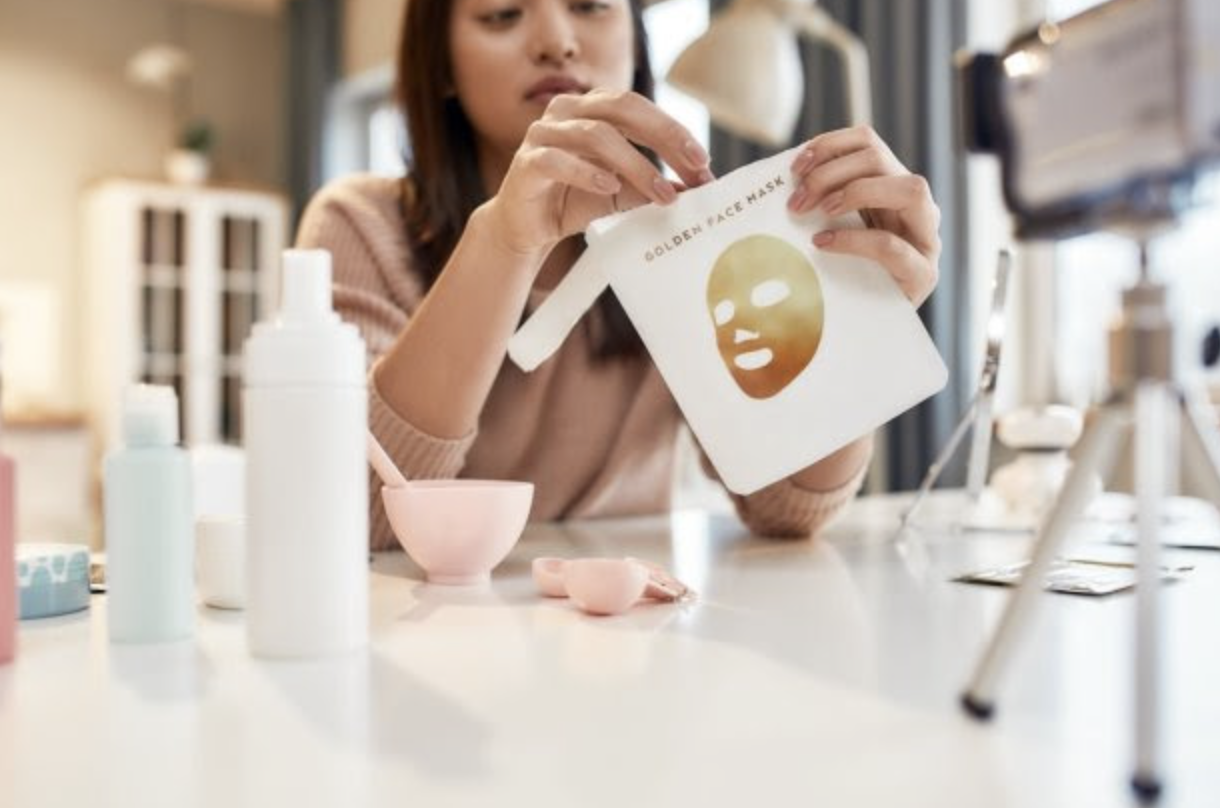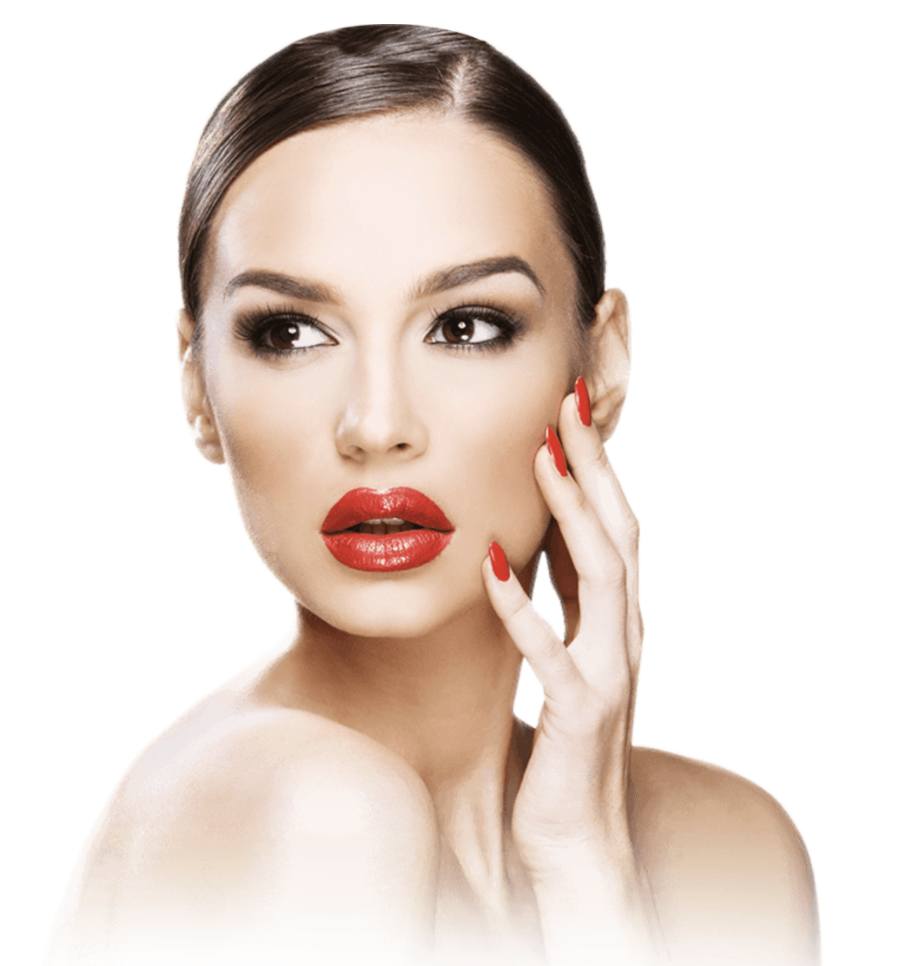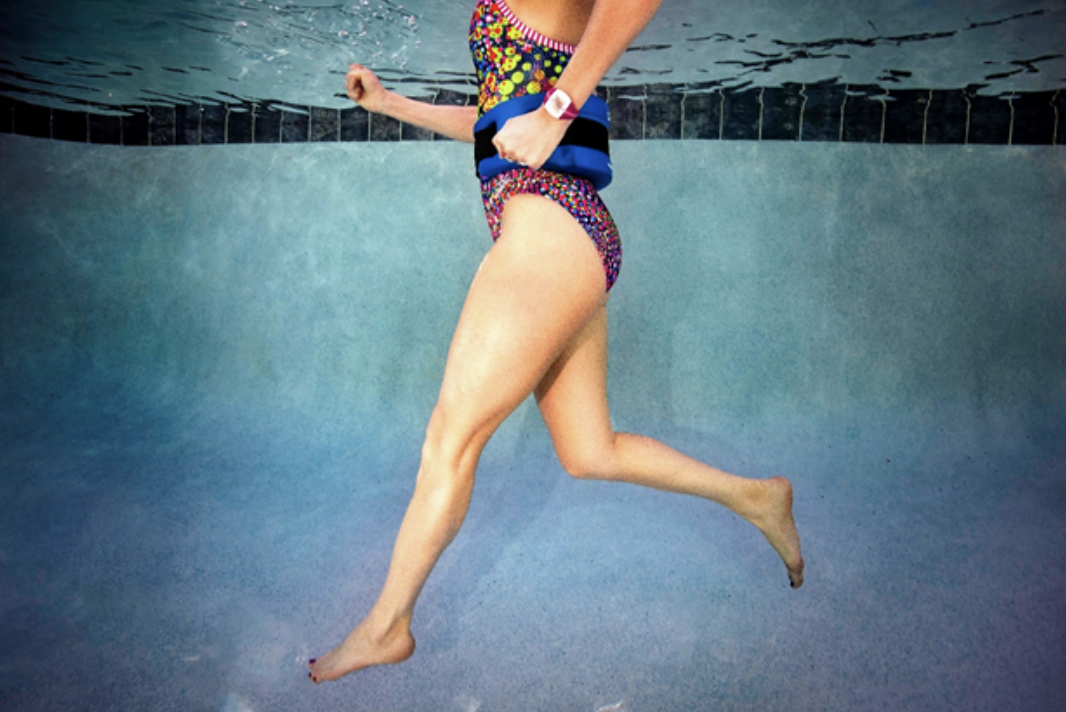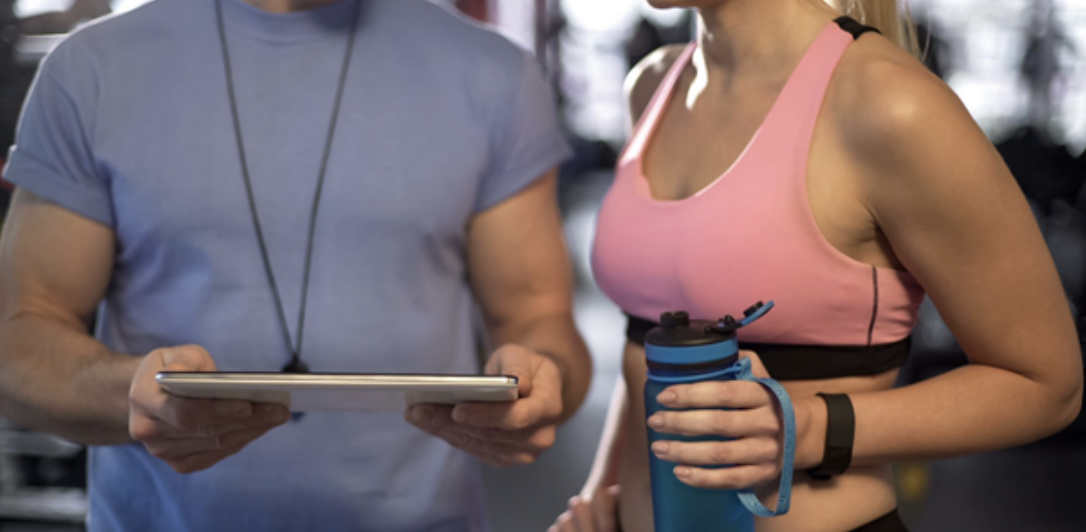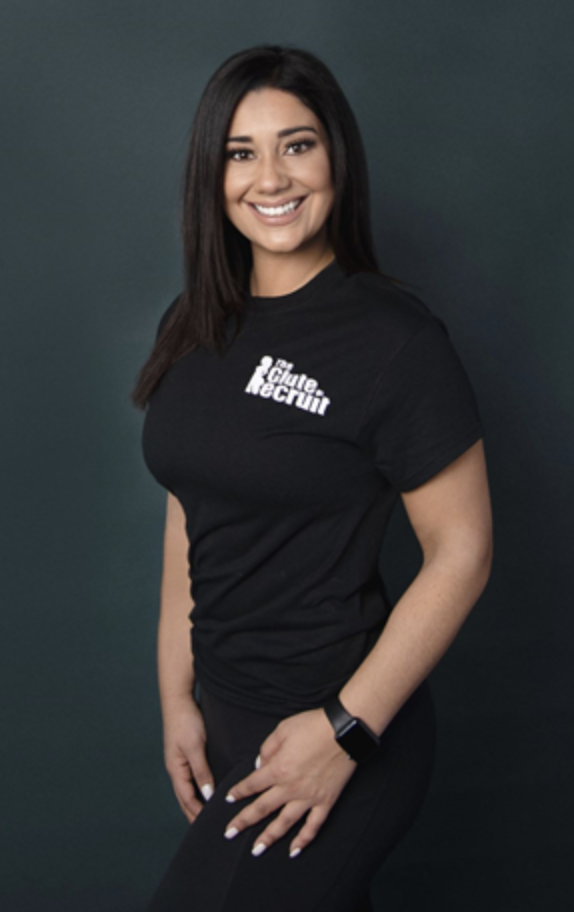According to recent statistics, the viral app Tik Tok has reached over 1 billion monthly users. (Source: https://www.cnbc.com/2021/09/
Board-Certified Washington, D.C Facial Plastic Dr. Michael Somenek breaks down the most popular Tik Tok beauty hacks that you should steer clear of.
Face-lifting patches
What is it?
‘Face-lifting patches’ are plastic adhesives used to help reduce fine lines and wrinkles overnight. The purpose is to use tape to constrict the muscles in your face and limit their motion to minimize wrinkles. This is an overnight ritual that requires you to sleep with the tape on, keeping you from frowning or making any expressions during your sleep. Wearing it all night is also said to prevent creases caused by sleeping on your front or side.
Why you should steer clear:
Tape considered strong enough to stay in place throughout the night isn’t made to be safe on the skin and can cause redness, irritation, and acne breakouts. The adhesive has to be incredibly tight and therefore, uncomfortable to use for an extended time to hold the muscles still. There is even a risk of ripping off a layer of the skin as you pull off the piece of tape. This can cause a tear in the skin barrier, and the trauma could result in underlying pigmentation or leave you at risk for a bacterial infection that could potentially scar. In theory, these facial patches should work as they keep muscles in place while you sleep, not allowing them to wrinkle as you move throughout the night. However, they can have the complete opposite effect when it comes to reducing fine lines and wrinkles. When you tape your face to hold muscles still, you’re preventing them from working, while adding resistance. In doing so, you’re training your facial muscles to work harder and, in turn, become more powerful. As they get stronger, it accelerates the formation of those fine lines and wrinkles you were hoping to avoid.
Pore Vacuuming
What is it?
This is an at-home device that is put out by various different companies. It gained traction during the pandemic when many people could not visit doctors for elective treatments. The goal of these tools is to extract dirt, debris, and sebum from the skin in order to reduce blackheads and pore congestion.
Why you should steer clear:
If you have seen videos, it is evident that users saw instant redness. If you don’t know how to set the device appropriately for your skin, putting the volume up to higher settings won’t necessarily remove more blackheads, but it could leave your skin looking as if you just got a hickey. Those with skin issues such as rosacea especially need to proceed with caution. The vacuum can exacerbate these conditions and cause untoward side effects like broken capillaries and bruising. This can even occur with those who simply have sensitive skin. Even if the device is effective, the pores will eventually re-fill again, and preventing this from occurring via this tool is too much wear and tear on the skin.
Sunscreen Contouring
What is it?
The original viral video has a resurgence this past summer. Model Eli Withrow posted a TikTok video where she has sunscreen applied on different parts of her face. She states: “Haters will say it doesn’t work. I’m convinced that if you put a base sunscreen of SPF 30 on, and an SPF 90 on all the spots that you would put highlighter on, the sun will contour your face where you’d put bronzer, and you’ll be natural snatched all summer.”
Why you should steer clear:
There is no way to predict how the sun tans various parts of your face. All areas of the face don’t get the same amount of sunlight. Attempting to control your sun ray exposure through mixing SPF levels is illogical. Radiation bounces off sand, water, and cement hitting the face at different angles. Not only might you not get the “J-LO glow, but you could also get patchy sunburns. While the idea is meant to use tan lines to contour the face, you are risking your skin from a cosmetic standpoint and health-wise in the form of skin cancer. This is not worth the quest for a temporary (at best) contour.
DIY Lip Filler
What is it?
Once again, another pandemic-fueled aesthetic trend. One way people attempt to do this at home is through at-home kits to inject their own lip filler through tools called Hyaluron pens. These use pressurized air to force filler into lips instead of needles which are used in a board-certified plastic surgeon or dermatologist’s office.
What you should steer clear:
The lips are filled with nerve endings and they swell and bruise very easily. More worrisome than that is improper injection can result in blocked blood flow. Non- physicians don’t have the skills to treat these complications before they lead to serious damage. In addition, since this is not regulated by the FDA, you have no way of knowing what products you are putting into your lips. Even without a substance going into your lips, other methods that use suctioning tools to create a temporary bigger pout can be dangerous as well.
About Our Client
Michael T. Somenek, MD
Board Certified Washington, DC Facial Plastic Surgeon
Dr. Somenek received an undergraduate degree in microbiology at the University of Miami and a medical degree at Rush University Medical Center in Chicago. He stayed on at this prestigious institution for 5 more years of postgraduate training in otolaryngology or the study of the head and neck. He then completed an intensive fellowship in facial plastic and reconstructive surgery under the tutelage of world-renowned facial plastic surgeons Dr. J. Regan Thomas (past president of the American Board of Facial Plastic and Reconstructive Surgery) and Dr. Dean Toriumi at the University of Illinois in Chicago. Dr. Somenek is a member of the American Academy of Facial Plastic and Reconstructive Surgery. As an author of multiple peer-reviewed journal articles, textbook chapters, and presentations at national meetings, he has contributed extensively in his field.
Dr. Somenek also performs a variety of minimally invasive procedures, both surgical and non-surgical. Surgical options include facial liposuction, the endoscopic brow lift, and the S Lift. These techniques require only very small incisions but can have a dramatic effect on a person’s appearance in the hands of a qualified surgeon with a trained aesthetic eye such as Dr. Somenek. Dr. Somenek’s intensive training in the complex structures of the face, head, and neck make him stand out among plastic surgeons in Washington, D.C. He is a trainer and teacher to other physicians across the country on all injectables and frequently sees patients that need an expert opinion. Even for less invasive procedures such as BOTOX® Cosmetic injections, he can use his broad knowledge to administer precise treatments that exceed each patient’s expectations.

